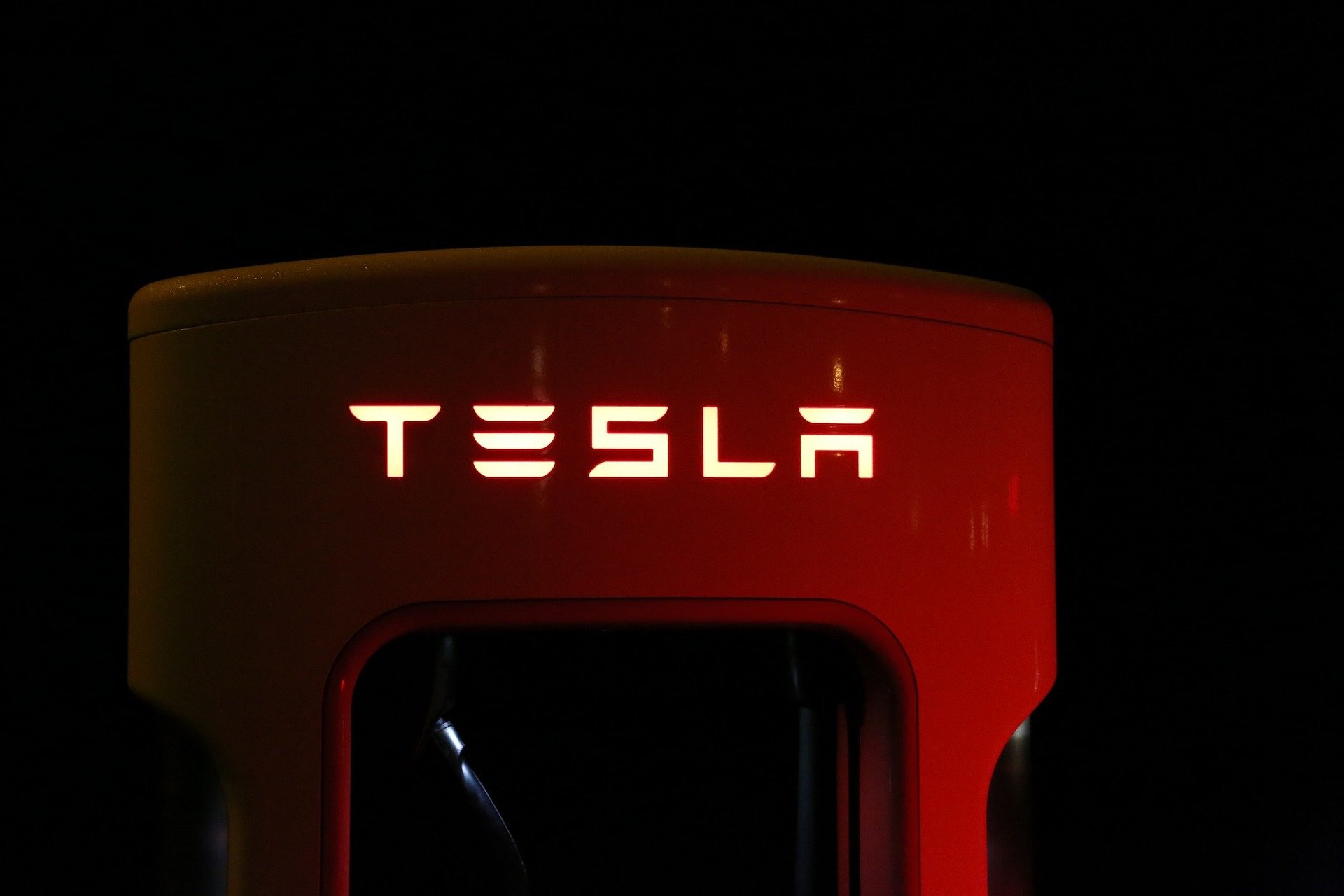Electric vehicles (EVs) are gaining more market acceptance by the day, with some states making steps to solidify their future as vehicles of choice. There are many advantages to EV ownership, including better fuel economy, high torque, and no emissions. But how exactly does EV technology work, and how do owners benefit from these innovative cars?
What EV Owners Need to Know
- Most EVs rely on a battery to power the electric motor that operates the vehicle’s wheel assembly. The driver normally controls the car’s direction via a steering wheel, and additional electric motor mechanisms are used for braking and accelerating the vehicle with all four wheels.
- Various technologies can be utilized to charge the battery. Some can be plugged into the home’s electrical power grid directly, while others require a personal or public charging station. Late-breaking technology has resulted in more energy efficiency, translating to competitive performance against fossil fuel-driven vehicles.
- The suspension system of EVs will differ based on the manufacturer. However, they typically do not require the owner to sacrifice driving comfort for the vehicle’s low weight (due to the less complex engine.)
- Electric motors generally work within a broad range of speeds; the car adjusts accordingly when needed. Efficiency decreases somewhat at higher speeds, but overall performance is comparable to gas-powered cars due to fuel savings.
EV Technology – Batteries
Without the battery, the electric car has no power. Therefore the battery is the most critical component of the machine. Batteries are available in two varieties: heavy and light. Heavy batteries hold more power in storage but are bulkier and more expensive. Light batteries can’t store the same amount of energy, but they are cheaper and easier to maintain.
While research into new battery technology (such as lithium-air) is ongoing, replacing traditional lithium-ion batteries on mass-market vehicles is still in the future.
- Flow battery: Flow batteries store significant amounts of energy over long periods with no degradation or decrease in capacity. Some EV models utilize zinc and air; others employ sodium ions with potassium or hydrogen as carrier fluids. These batteries have lower maintenance requirements as their electrolytes don’t degrade when stored for extended time periods. However, these batteries are expensive to manufacture.
- Phosphoric acid battery: Phosphoric acid is a liquid solution less destructive than other acids when combined with polymers.
- Lithium-ion polymer batteries: These batteries utilize small polymer strips, which provide increased flexibility and faster charging times. However, they aren’t quite as durable as standard lithium-ion cells.
New EV Model Safety Features
With the increase in demand, research into the safety of EVs is increasingly prevalent. Some features recently introduced include:
- A small ramp known as “the crumple zone” has been introduced in the front and rear end of the car. This zone serves as a buffer for vehicles or pedestrians that may suffer a collision with the EV.
- EVs have fewer breakable components to malfunction.
- Advanced safety features, such as adaptive headlights and lane assistance, have been added to guarantee drivers are continually aware of their surroundings.
EV technology advances in driverless technology target a fully autonomous vehicle that will allow the driver to sit back and enjoy their ride without intervention. While some consumers are still wary of such a capability, others eagerly await the full implementation of these features.
Promise Electric is a Tesla Wall Connector certified electrical services company in Sarasota, Florida. We are the experts to call if you need an EV charging station installed at your home.



